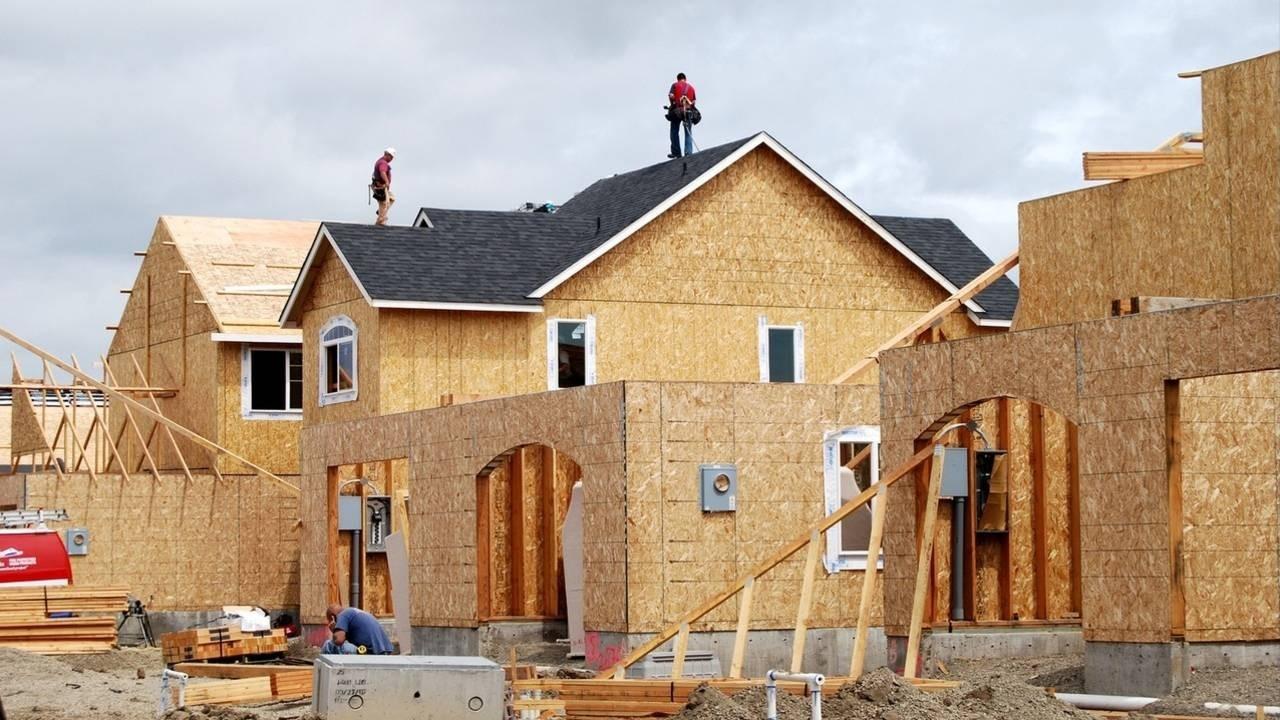Finance for a new build

THE QUESTION
I want to get into building a brand new property, what type of finance is needed for this and how does it work?
THE ANSWER
New build projects require development finance and this is structured in a specific way. Pre-credit crunch this was freely available from the major banks, but they pulled out when the credit crunch hit, with disastrous consequences for many of their borrowers. They've never really got back into this area of lending again. The gap has been filled by small, specifically focused lenders who typically offer this type of finance and nothing else, although a few do offer bridging as well.
These lenders find it useful to erect barriers to entry that deter all but the strongest propositions for them to lend on. These barriers are:
- They require a high cash input from the borrower
- The borrower needs to have provable, relevant previous experience of a similar type of new build
High cash input
Your money is required up front; the lender will fund 100% of the build cost, in stages, in arrears. The five stages are typically
- DPC level
- Roof plate level
- 1st fix
- 2nd fix
- Completion
From the lenders view, ideally you will have sufficient cash to purchase the site, or you already own it, unencumbered. At a push they will fund up to 50% to assist with this part.
You will be expected to fund the first phase, up to DPC level. If you have not already maxed out on the purchase, the lender will release funds to get you to this point. At this this point their surveyor (sometimes it is a QS) will visit the site, sign off the quality of your work and recommend the release of the next tranche of cash for you to build out to the next stage. This process of inspect, sign off, release is repeated until the build is complete.
Lenders will keep a keen eye on their exposure to site value at all times and will not deviate from their maximum loan to value (LTV). Typically this will be 55%, but can differ from lender to lender, even project to project with the same lender, but high LTV's are highly unlikely to be approved.
Interest is commonly 'rolled up' and settled at payback of the loan, so there are no monthly payments for you to make during the build.
Provable, relevant previous experience
This can be a problem area for many wishing to get into new build and is a bit of a Catch 22 situation.
Lenders do not allow a 'learn on the job' type of experience. They only lend if you can provide clear, demonstrable proof that you have successfully completed similar new builds. They will require full documentation to show purchase cost, build cost and time, sales and profits. For a single or double unit project, you must show that you have successfully built out a similar project previously. However, that will not be sufficient if you want to build a 10 unit project and only have experience of a single unit build.
If you lack the ability to prove previous relevant experience the solution is to joint venture with someone who has it.
The common thought process here is to use a builder on a specific contract basis, but this is almost universally frowned upon by lenders. They are familiar that this structure can lead to disputes over what was/wasn't part of the contract resulting in delays and cost overruns. This type of approach is unlikely to receive a green light to lend.
The structure lenders prefer is for the builder to be an equity partner in the build. They may build out at cost or close to it, but their profit on the project comes from a share of the sale revenues. The common structure for this is termed a Special Purpose Vehicle (SPV); in effect, a limited company formed purely for the project and dissolved once the profits from the project have been distributed to the shareholders.
You can learn more by:
- Attending an upcoming webinar - register here
- Booking into a LIVE! 3-day workshop - book your ticket here
- Get instant access to the full programme with the online training - click here for more information




